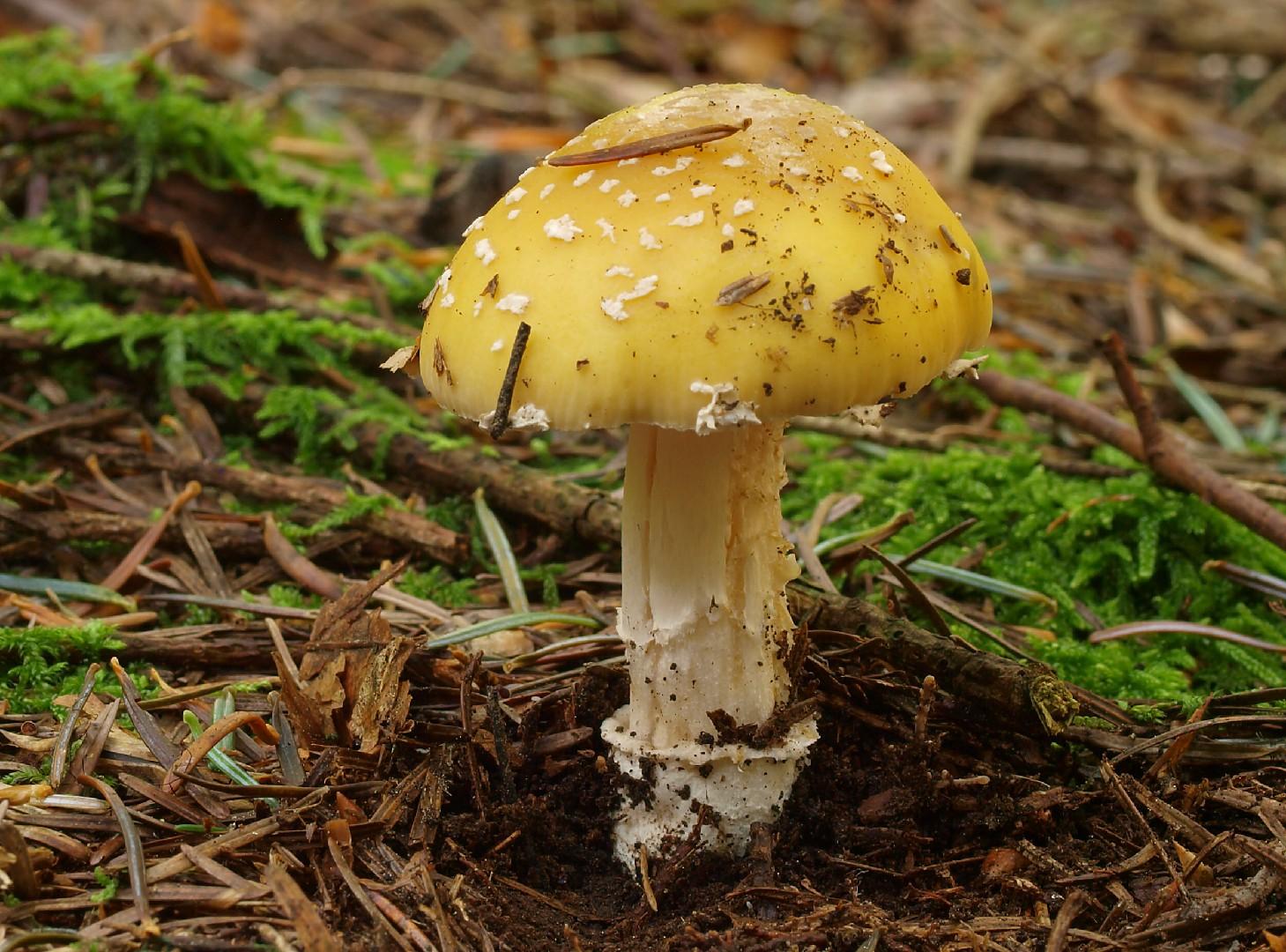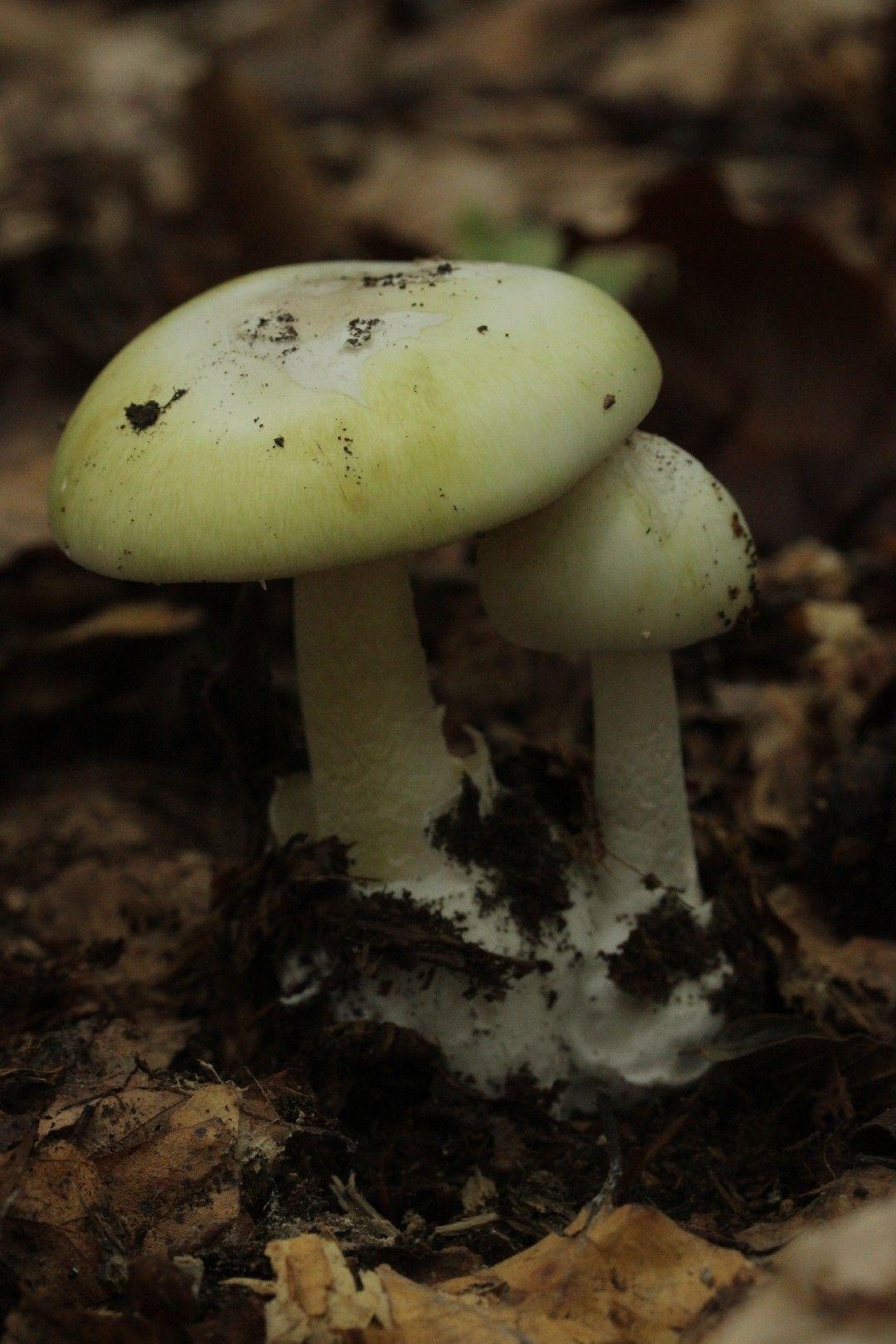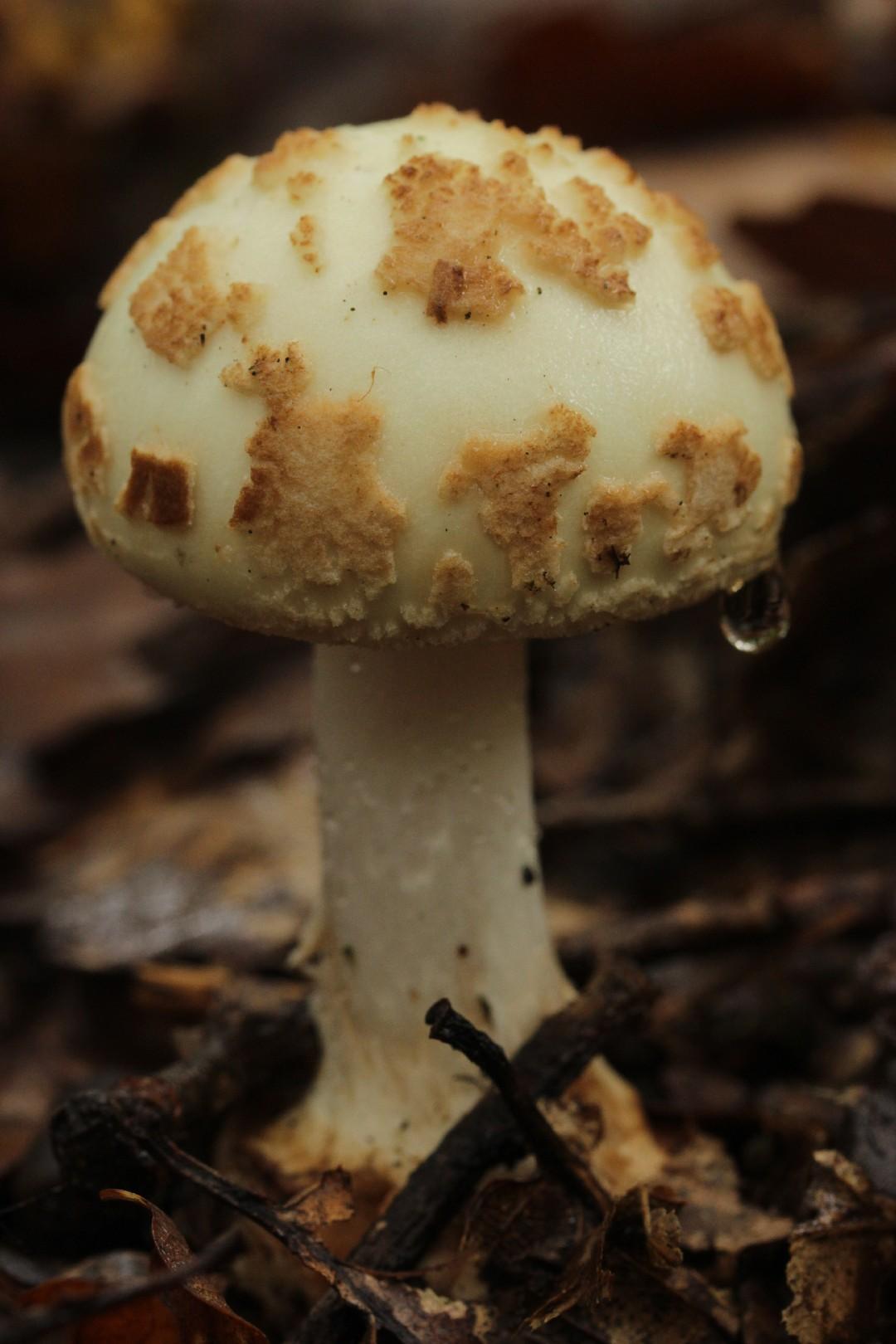

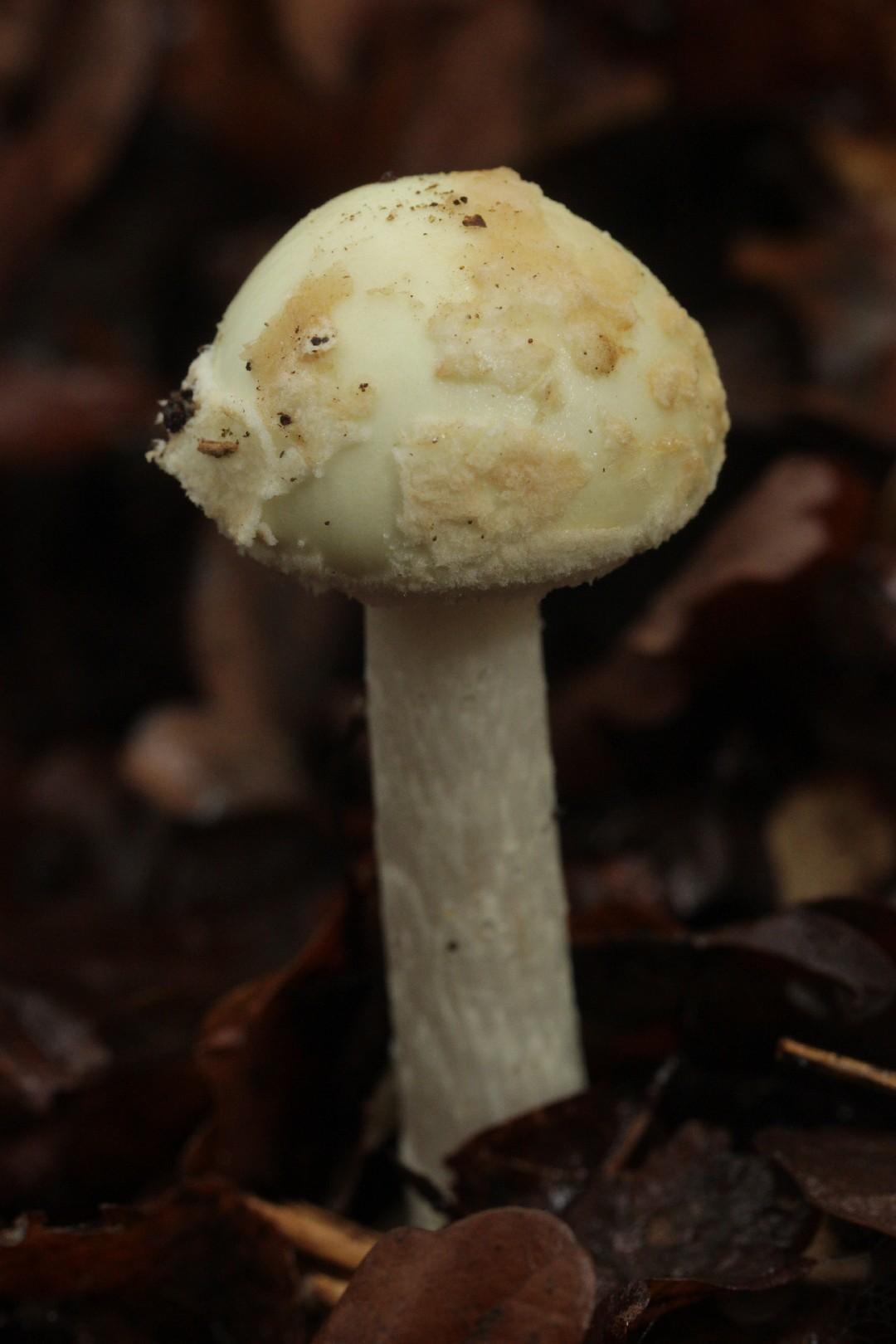
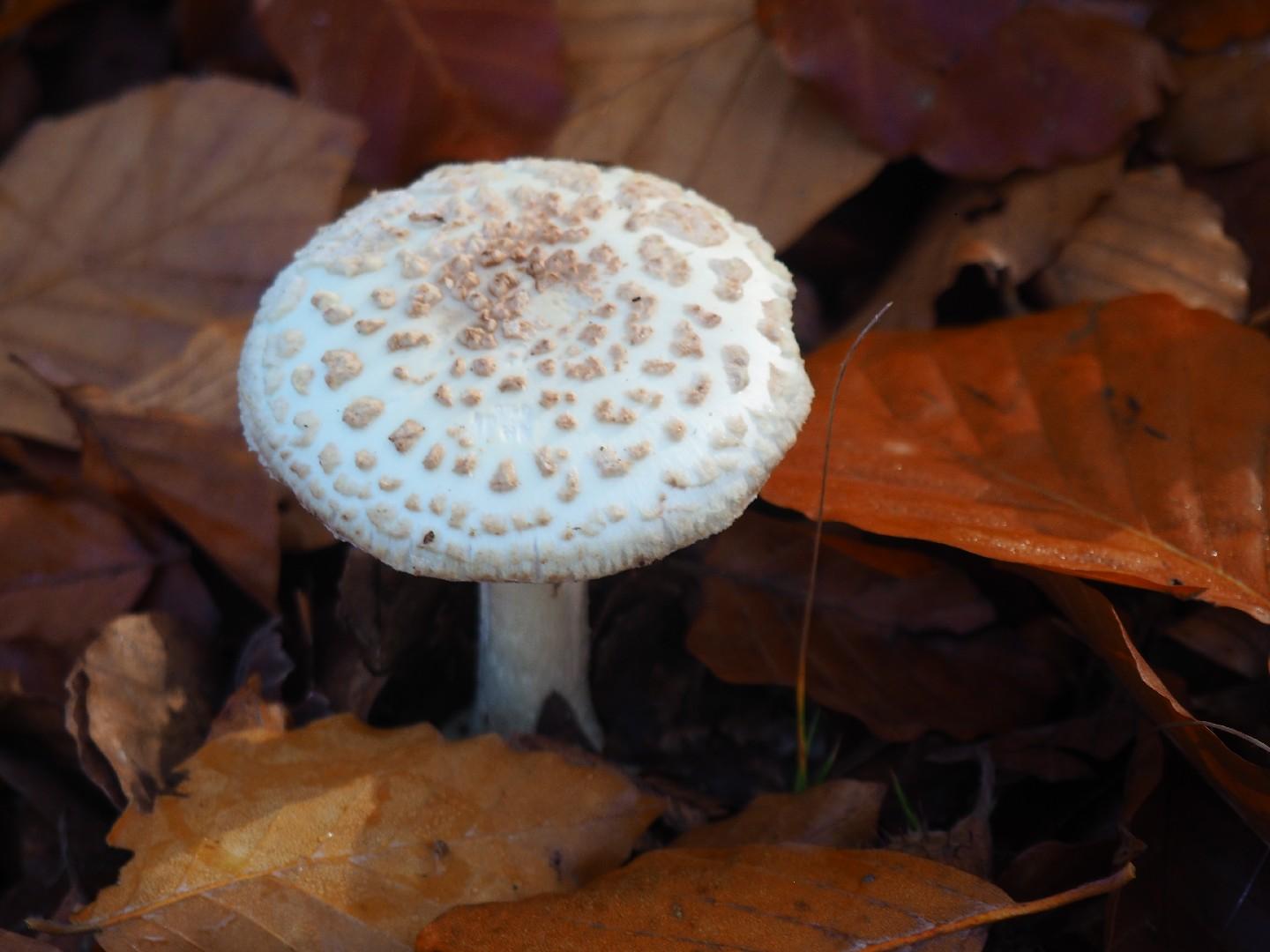
False death cap
Amanita citrina
A species of Amanita mushrooms.
The false death cap, an inedible fungus commonly found on the forest floors of the northern hemisphere, shares a close kinship with highly toxic Amanita species like the Destroying Angel and Deathcap. This mushroom nourishes itself from both deciduous and coniferous trees, producing its fruiting bodies from late summer through autumn.
Attributes of False death cap
Scientific Classification of False death cap
Toxicity and Edibility of False death cap
Is False death cap Toxic?
The neurotoxic mushroom known as the false death cap commonly emerges in moist conditions within broadleaf and needle-leaf forests. Its typical fruiting season spans from late summer through autumn. This fungus is recognized by its pale yellow to off-white coloration and a distinctive swollen base. Ingesting it can trigger a range of physiological responses, such as heightened mood and feelings of anxiety, and in more serious instances, lead to altered perceptions and possible psychotic episodes. Nevertheless, it is critically important to refrain from consuming the false death cap due to its inherent toxicity.
